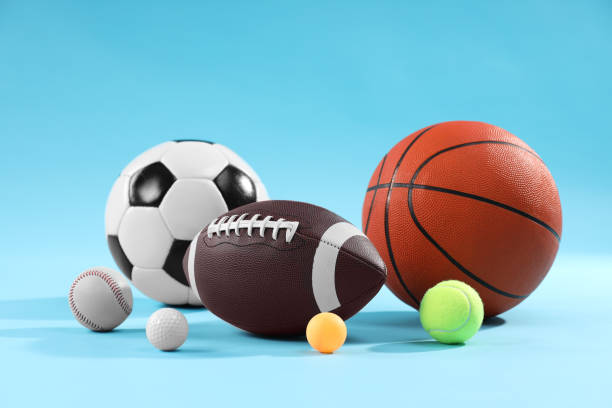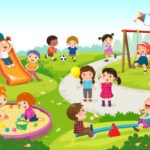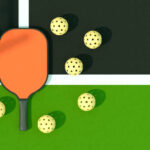Did you know that picking the wrong sports ball can raise a young player’s injury risk by up to 20%? Whether it’s soccer, tennis, or any ball sport, the right equipment is key to boosting performance, ensuring safety, and building skills. If you’re a parent searching for a safe ball for your kid, a coach picking gear for your team, or an athlete aiming to up your game, knowing the ins and outs of sports balls is a must.
This guide dives deep into the different balls in sports, exploring which ones suit various ages and genders, their safety features, and how they shape physical and skill growth over time. Use the sections below to find exactly what you need to pick the perfect ball for your game!
Understanding the Variety: Different Balls in Sports
Sports balls are uniquely designed to match the demands of each game. Below, we break down the most common types, their specs, and their uses, focusing on the different types of balls in sports.
Common Sports Balls and Their Types
Sports often define themselves through the shape, size, and feel of their ball. Here are some widely used examples:
Soccer Balls:
- Standard (size 5): used in adult professional matches
- Size 4 and 3: for youth players (ages 8–12 and under 8 respectively)
- Futsal Balls: smaller and heavier for indoor play
- Beach Soccer Balls: softer with a lower bounce
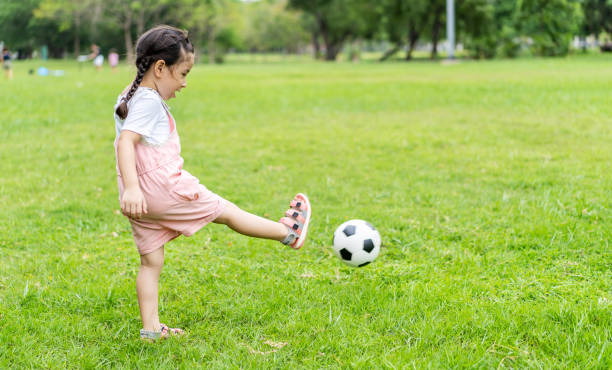
Basketballs:
- Size 7: standard for men (29.5 in circumference)
- Size 6: used in women’s professional games
- Size 5 or 4: recommended for youth or beginner use
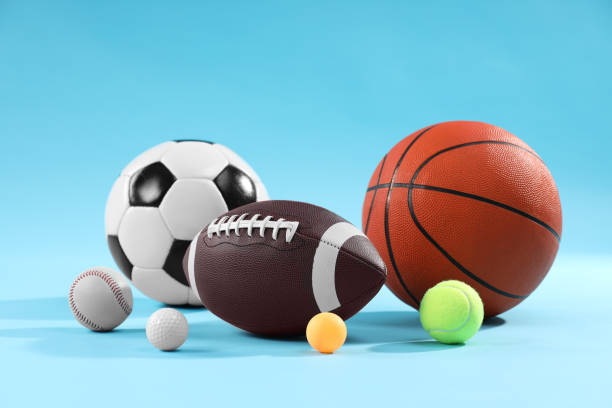
Volleyballs:
- Indoor vs Beach: beach volleyballs are larger and softer
- Youth versions are lighter to reduce wrist strain
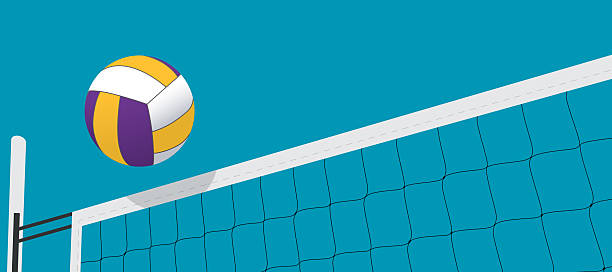
- Baseballs are smaller and denser; softballs are larger with variations for fastpitch and slowpitch
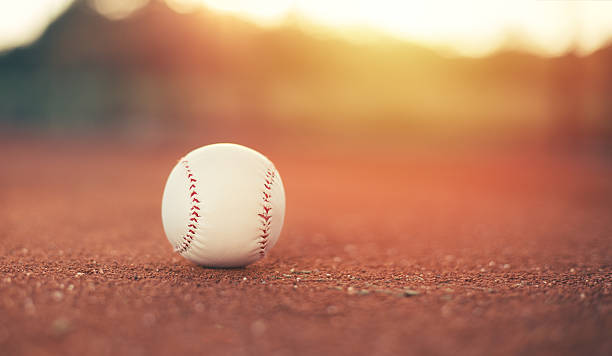
Tennis Balls:
- Regular pressurized, pressureless, and foam balls (for beginner and youth development)
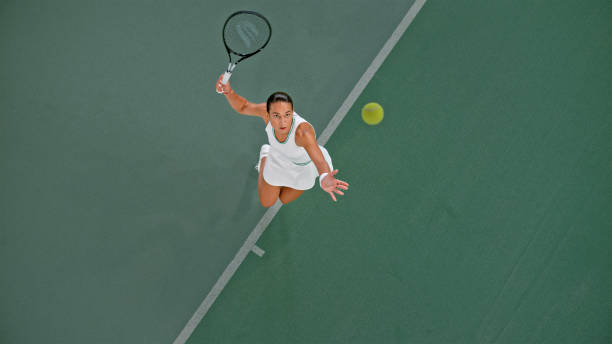
Golf Balls:
- Two-piece: for distance and durability
- Multi-layer: designed for spin control and soft feel
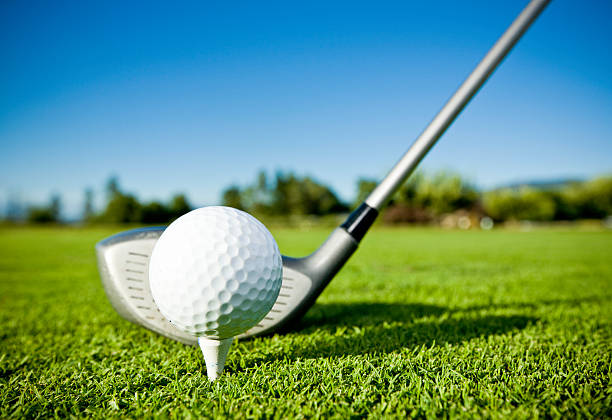
Other sports like rugby, cricket, handball, and even table tennis use distinct ball types tailored to their mechanics and traditions.
Clearly comparing references to the different sports ball size, weight, material and cost can help you do this, allowing you to visually see the differences in the most concise and eye-catching way.
| Sport | Ball Type | Size | Weight | Material | Cost (Approx.) | Uses |
|---|---|---|---|---|---|---|
| Soccer | Standard (Size 5) | 68–70 cm circumference | 410–450 g | Synthetic leather, polyurethane | $20–$50 (e.g., Adidas Starlancer) | Outdoor/indoor soccer, professional/recreational |
| Futsal | 62–64 cm circumference | 400–440 g | Synthetic leather, low-bounce | $15–$40 | Indoor futsal | |
| Beach | 68–70 cm circumference | 400–430 g | Synthetic, water-resistant | $15–$30 | Beach soccer | |
| Basketball | Men’s (Size 7) | 29.5 inches circumference | ~600 g | Leather (indoor), rubber (outdoor) | $20–$100 (e.g., Wilson Evolution) | Basketball, streetball (men 15+) |
| Women’s/Youth (Size 6) | 28.5 inches circumference | ~510 g | Leather/rubber | $15–$60 | Basketball (women, youth 12–14) | |
| Youth (Size 5) | 27.5 inches circumference | ~470 g | Rubber | $10–$30 | Basketball (ages 8–11) | |
| Volleyball | Standard (Indoor/Beach) | 65–67 cm circumference | 260–280 g | Synthetic leather, soft-touch | $15–$60 (e.g., Mikasa V200W) | Indoor/beach volleyball |
| Youth | 63–65 cm circumference | 200–240 g | Synthetic leather, softer | $10–$20 (e.g., Franklin Youth) | Youth volleyball (ages 8–12) | |
| Baseball | Regulation | 9–9.25 inches circumference | 5–5.25 oz (~142–149 g) | Cork/rubber core, leather | $5–$20 (e.g., Wilson A1030) | Baseball (teens/adults) |
| Softball | Standard | 11–12 inches circumference | 6–7 oz (~170–198 g) | Cork/rubber core, synthetic/leather | $5–$15 (e.g., Rawlings Soft-Core) | Softball, youth baseball (under 12) |
| Tennis | Regular | 6.54–6.86 cm diameter | 56–59.4 g | Rubber core, fuzzy felt | $3–$10/can (e.g., Wilson US Open) | Competitive tennis |
| Low-Pressure/Foam | 6.5–7.5 cm diameter | 40–50 g | Foam or low-pressure rubber | $5–$10/can (e.g., Penn QST) | Beginner tennis (kids under 10) | |
| Golf | Two-Piece | 42.67 mm diameter | ≤45.93 g | Rubber core, plastic cover | $10–$30/dozen (e.g., Callaway Supersoft) | Casual golf, beginners |
| Multi-Layer | 42.67 mm diameter | ≤45.93 g | Rubber core, urethane cover | $30–$50/dozen (e.g., Titleist Pro V1) | Advanced golf | |
| Other | Rugby | 27 cm long, 58–62 cm circumference | 410–460 g | Synthetic leather, elongated | $20–$50 | Rugby |
| Cricket | 7.1–7.3 cm diameter | 155.9–163 g | Cork core, leather | $10–$40 | Cricket | |
| Table Tennis | 40 mm diameter | 2.7 g | Celluloid or plastic | $5–$20/12 (e.g., Nittaku) | Table tennis |
Types of Small Balls in Sports
Not all sports use large, round balls. Some popular games rely on small but mighty options:
- Table Tennis Balls: 40mm diameter, lightweight plastic
- Squash Balls: Soft rubber, low bounce to encourage quick reaction
- Bocce Balls & Petanque: Heavy and durable, designed for roll control
- Handballs: Smaller than soccer balls but require strong grip and control
These sports demand quick reflexes, hand-eye coordination, and precision, offering unique skill development compared to larger ball sports.
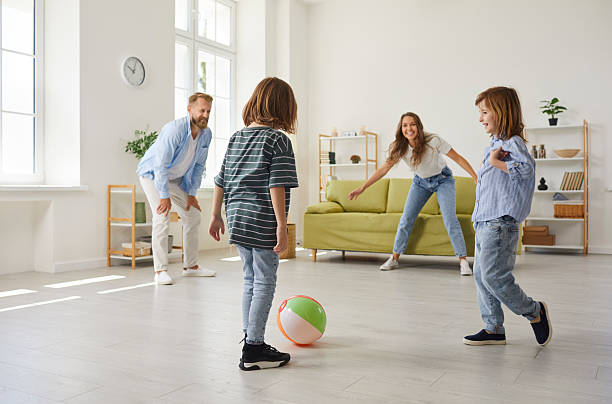
Why Are Sports Balls Different?
Materials & Surface Design
The materials used in sports balls greatly affect gameplay. For instance:
- Leather vs Synthetic: Leather offers a traditional feel but is less weather-resistant. Synthetic materials dominate modern play due to durability and water-resistance.
- Surface Texture: Grip dots on basketballs or dimples on golf balls enhance control, flight, and bounce.
Size, Weight & Pressure Standards
Governing bodies like FIFA, FIBA, and ITF set official rules for ball dimensions and weight to ensure consistency. For example:
| Sport | Standard Ball Size | Weight Range | Governing Body |
|---|---|---|---|
| Soccer | Size 5 | 410–450 g | FIFA |
| Basketball | Size 7 (men) | 600–650 g | FIBA/NBA |
| Volleyball | 65–67 cm circumference | 260–280 g | FIVB |
| Tennis | 6.54–6.86 cm diameter | 56.0–59.4 g | ITF |
The differences help tailor the sport to its intended players. A smaller, lighter volleyball ensures younger players can learn proper form without overexertion.
Impact of Using the Right Ball Types on Skill and Physical Development
Motor Skill Development
Using an age-appropriate ball builds:
- Hand-eye coordination (tennis, table tennis)
- Footwork and balance (soccer, basketball)
- Spatial awareness and reflexes (volleyball, squash)
Sport-Specific Skill Growth
- Soccer players using heavier futsal balls often develop tighter ball control
- Tennis beginners progress faster using foam balls that bounce slower
- Children using oversized balls improve catching and throwing accuracy
Physical Conditioning Over Time
Prolonged use of sport-specific balls affects muscle tone and body control. For instance:
- Basketball enhances upper body strength
- Soccer improves leg endurance
- Volleyball enhances core and reflex timing
✅ Real-world case: A youth soccer coach from Austin, TX reports that transitioning kids from size 3 to size 4 balls over a season improves leg coordination without increasing injury risk.
Matching Balls to Players: Safety, Suitability, and Usage
Choosing the right ball depends on the player’s age, gender, and skill level. Here’s how to match different balls in sports to specific needs.
Choosing by Age Group
Proper ball size by age ensures both safety and skill development. Overly large or heavy balls can lead to injuries and frustration.
- Toddlers (2–4 yrs): Soft foam balls only; lightweight and safe for indoor use
- Young Children (5–8 yrs): Size 3 soccer balls, size 4 basketballs, soft youth volleyballs
- Preteens (9–12 yrs): Transition to mid-sized balls with moderate weight
- Teens & Adults: Regulation sizes depending on sport and league
Gender-Specific Designs
Some sports adjust ball sizes for ergonomic fit. Women’s basketball uses a Size 6 ball (28.5 inches) for better grip and control, as seen in the WNBA. Women’s rugby balls (Size 4) are slightly smaller than men’s (Size 5) to accommodate hand size. These differences enhance performance without compromising safety.
Non-Toxic Balls for Kids
Parents prioritize non-toxic materials to protect kids. Choose balls free of BPA, phthalates, and lead-based dyes, with certifications like EN71 or ASTM F963. Brands like Franklin Sports and Wilson offer safe options, such as rubber soccer balls or foam tennis balls, ideal for young players. Avoid PVC or heavily dyed balls, which may pose health risks.
How to Choose Non-Toxic, Child-Safe Sports Balls
Many cheap sports balls contain PVC, phthalates, and other toxic materials harmful to kids. Here’s what to look for:
- BPA-Free & Phthalate-Free labels
- Natural rubber or eco-friendly alternatives
- Certified safe by CPSIA, ASTM, or EN71
Brands like Green Toys, Melissa & Doug, and Franklin Sports offer child-safe balls tested for heavy metals and chemical leaching.
Buyer’s Guide: Choosing the Right Sports Ball
Picking the perfect ball depends on your needs, from casual play to competitive training. The table below offers quick tips for selecting different balls in sports, considering use case, surface, and safety, with a focus on non-toxic and sustainable options.
| Use Case | Recommended Ball | Best For | Surface/Weather | Safety & Sustainability |
|---|---|---|---|---|
| Casual Backyard Play | Nerf Soccer Ball ($15) | Toddlers, kids; safe, fun | Grass, indoor; weather-resistant | Foam, non-toxic (EN71-certified), recyclable materials |
| Competitive Training | Adidas Telstar ($50) | Teens, adults; professional soccer | Grass, turf; durable in all weather | Synthetic leather, BPA-free, CPSIA-compliant |
| Basketball (Outdoor) | Spalding Street ($20) | Kids, teens basketball; streetball | Concrete, asphalt; weather-resistant rubber | Non-toxic rubber, avoid PVC |
| Volleyball (Beach) | Franklin Youth Volleyball ($15) | Kids, beginners; beach or backyard | Sand; water-resistant | Soft, non-toxic materials, EN71-certified |
| Tennis (Beginner) | Penn QST Low-Pressure ($5/can) | Kids under 10; learning rallies | Hard courts, grass; durable in dry conditions | Foam or low-pressure, non-toxic, ASTM-compliant |
| Golf (Beginner) | Callaway Supersoft ($25/dozen) | Teens, adults; casual golf | Fairways; durable in wet/dry conditions | Recyclable plastic cover, avoid heavily dyed options |
| General Safety Tips | Wilson Eco-Friendly Tennis Ball ($6/can) | All ages; eco-conscious players | Any surface; durable | Recyclable, BPA-free, EN71/ASTM-certified |
Checklist: Always check for EN71, ASTM, or CPSIA certifications to ensure non-toxic materials. Opt for recyclable options like Wilson’s eco-friendly tennis balls and avoid PVC or heavily dyed balls for kids to minimize health risks.
Real-Life Feedback: Pros, Cons & Cost-Effectiveness
Durability vs Affordability
Here’s a quick snapshot comparing commonly reviewed brands:
| Brand | Price Range | Best For | Drawbacks |
|---|---|---|---|
| Wilson | $15-$50 | Basketball & tennis | May lose air over time |
| Mikasa | $25-$50 | Volleyball | Requires regular cleaning |
| Adidas | $20–$150 | Soccer | Some models are overinflated |
| Decathlon | $6-$25 | Entry-level sports | Lower longevity |
A comprehensive long-term evaluation shows that cheap balls are fine for casual use, but mid-range or high-end balls offer better long-term performance.
Different Balls Play A Big Role In Sports
Balls are more than just a piece of equipment, they are tools that shape the athlete experience. From soccer to golf, different balls in sports shape the way we play, learn, and grow. Choosing the right ball can impact how well a person learns, how safe a game is, and how long a game can last.
Whether you are a parent shopping for introductory equipment, a coach outfitting your team, or an average athlete looking to improve your game. Choosing the right ball can improve performance, ensure safety, and promote skill development. Prioritize trusted brands such as Wilson, adidas, or Franklin, and choose balls that are non-toxic and suitable for different age groups to balance durability and cost. Elevate your game and ensure the safety, health, and game participation of your players.
